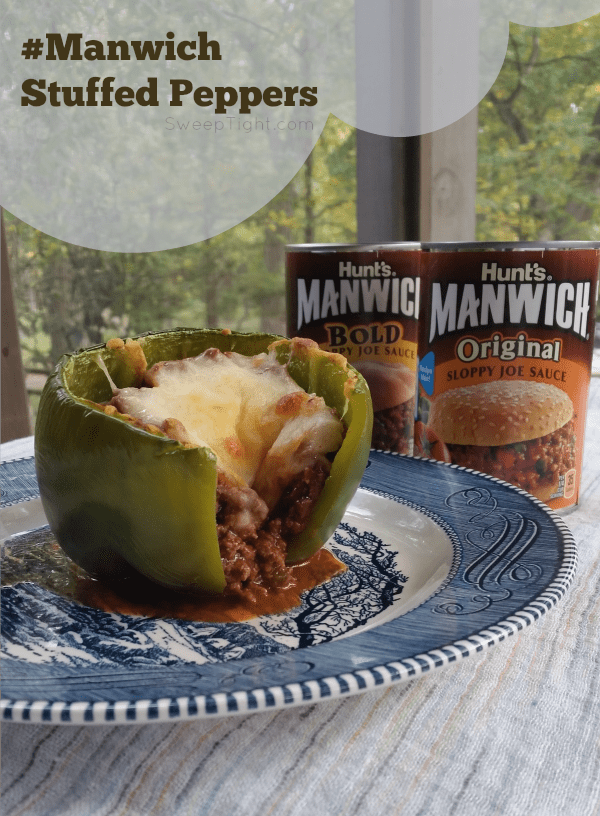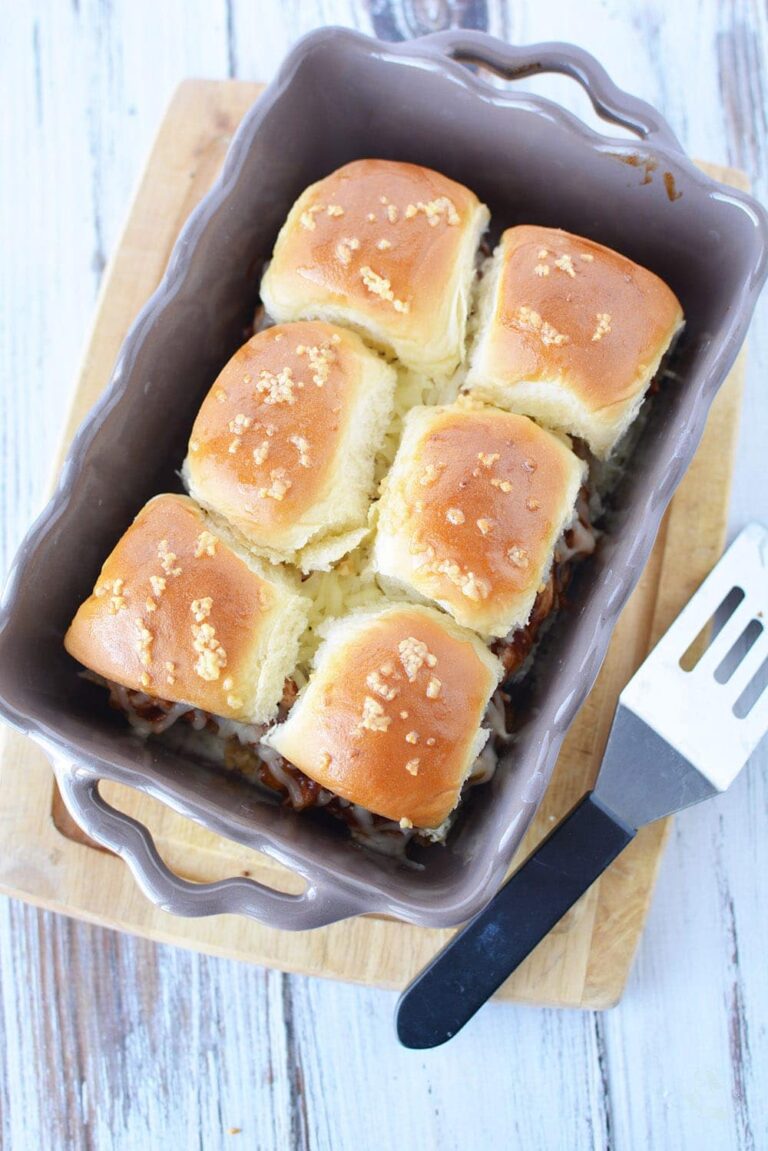12 Restaurant Dishes That Can Cost Less Than Making Them at Home
The era of home cooking being universally cheaper than eating out is facing a surprising twist. While conventional wisdom suggests making meals at home always saves money, recent trends in restaurant and grocery price increases has created some unexpected scenarios. Yet certain restaurant dishes still manage to offer better value than their homemade counterparts, especially when you factor in ingredient costs, time, and portion sizes. Let’s explore the surprising restaurant offerings that might actually save you money compared to cooking from scratch.
McDonald’s Value Menu Items
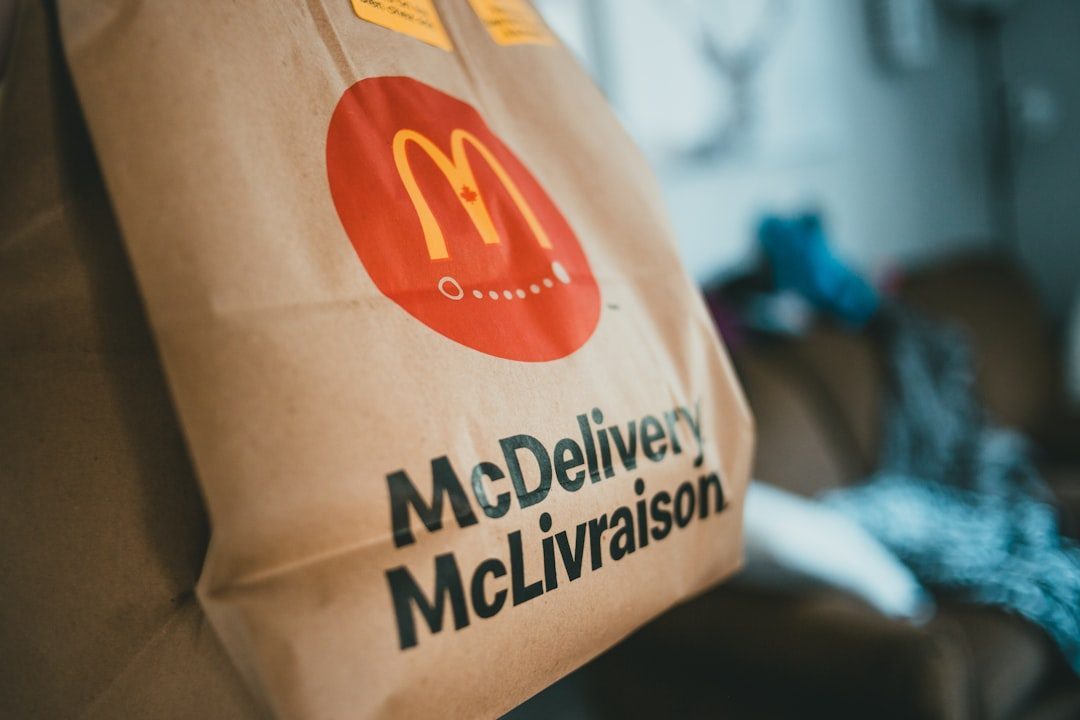
McDonald’s $5 value menu includes options like a McChicken or McDouble, four-piece chicken nuggets, fries, and a drink. When you calculate the individual grocery costs for ground beef, buns, lettuce, pickles, onions, cheese, plus potatoes for fries and a beverage, the total often exceeds five dollars.
The fast food giant’s purchasing power allows them to secure ingredients at wholesale prices that individual consumers simply cannot match. In major markets like California, restaurants can only hope to turn a profit on value meals if customers purchase additional higher-margin items.
Some fast-food business experts actually call these value meal deals unprofitable “loss leaders”. This means McDonald’s is essentially subsidizing your meal to get you in the door, making it genuinely cheaper than cooking equivalent items at home.
Pizza Restaurant Specials
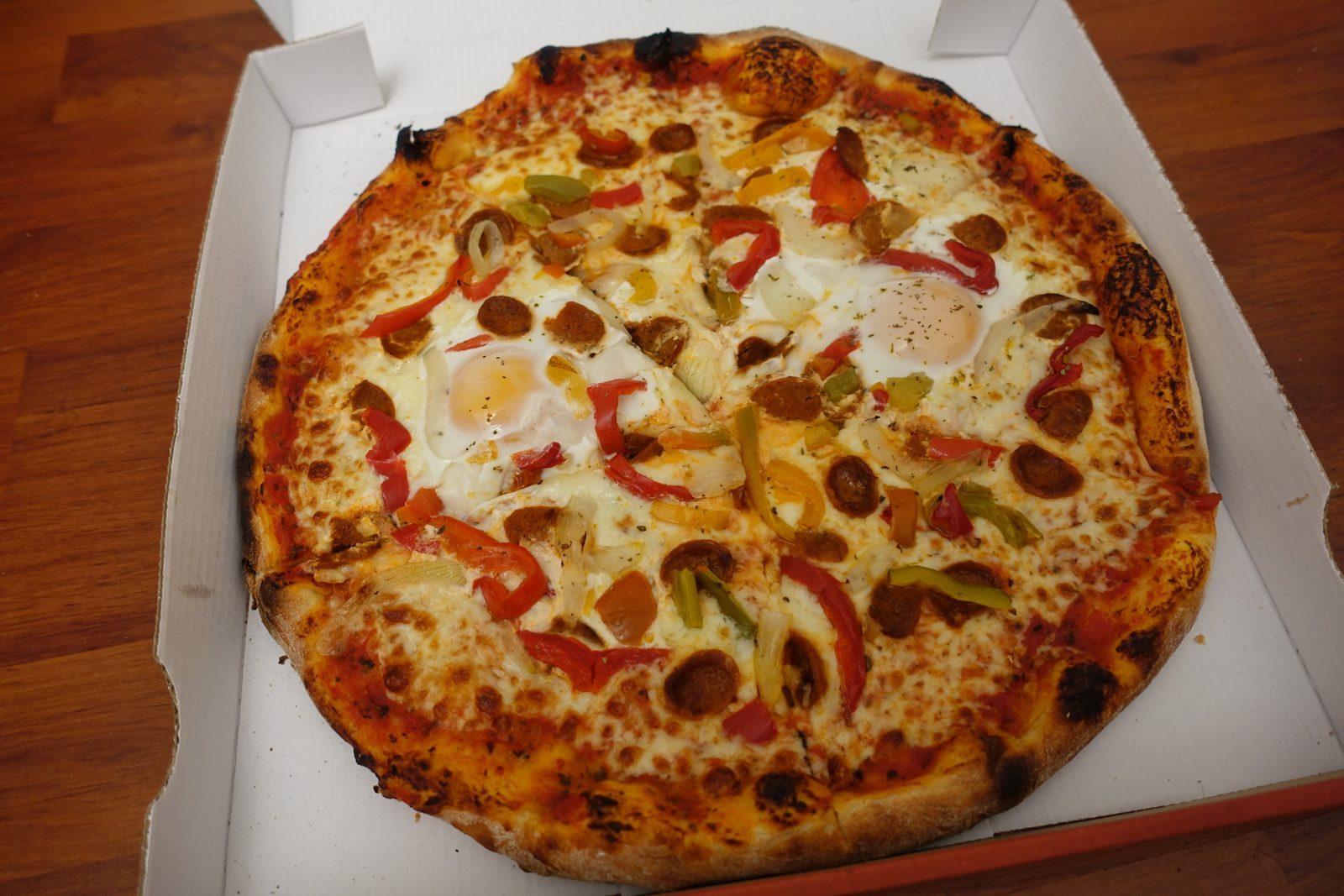
Pizza orders from restaurants can easily reach $20 to $25 for two people, while homemade pizza ingredients like oil, flour, yeast, cheese and tomato sauce come in at under $6. However, this comparison assumes you already own a pizza stone, have the right flour type, and possess the skills to make quality dough.
Many pizza chains offer large pizzas for ten dollars or less during promotional periods. When you factor in the time investment of making dough, letting it rise, rolling it out, and the electricity costs for a lengthy baking session, these restaurant deals become surprisingly competitive.
Restaurant pizza also eliminates the risk of failure that comes with homemade attempts. There’s nothing quite like spending fifteen dollars on ingredients only to end up with a disappointing, heavy crust that nobody wants to eat.
Taco Bell’s Cravings Value Menu
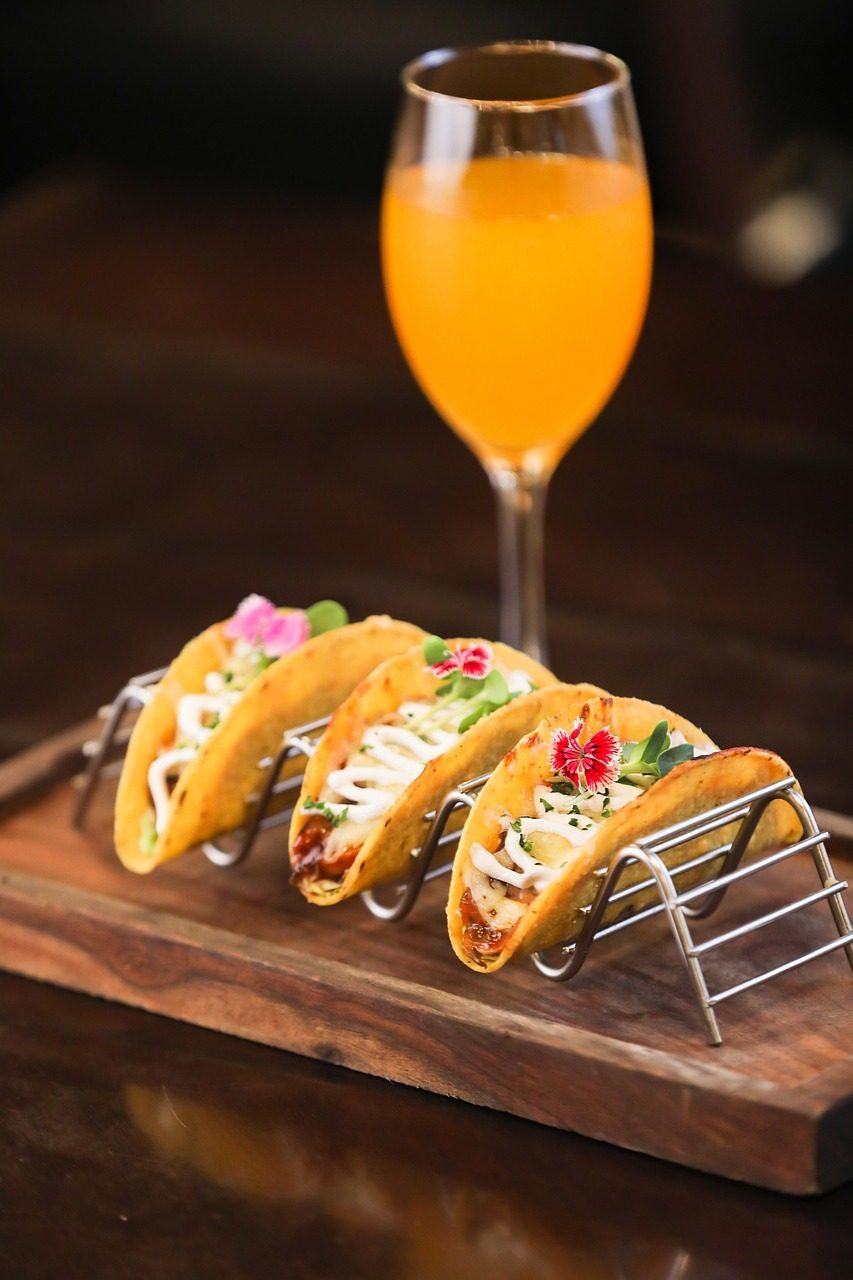
Taco Bell’s Luxe Cravings Box reportedly offers significant value with multiple items at a lower combined price. The box includes a Chalupa Supreme, Beefy 5-Layer Burrito, Double Stacked Taco, chips with nacho cheese sauce, and a medium drink.
Making equivalent items at home requires purchasing ground beef, multiple types of cheese, sour cream, lettuce, tomatoes, various spices, tortillas, taco shells, and chips. Most of these ingredients come in quantities far exceeding what you need for a single meal.
Taco Bell was the top limited-service chain that diners across all income groups considered to be more affordable than groceries, according to a Numerator survey of more than 2,000 consumers. This perception exists because their value really does stack up against home cooking costs.
Burger King Value Meals
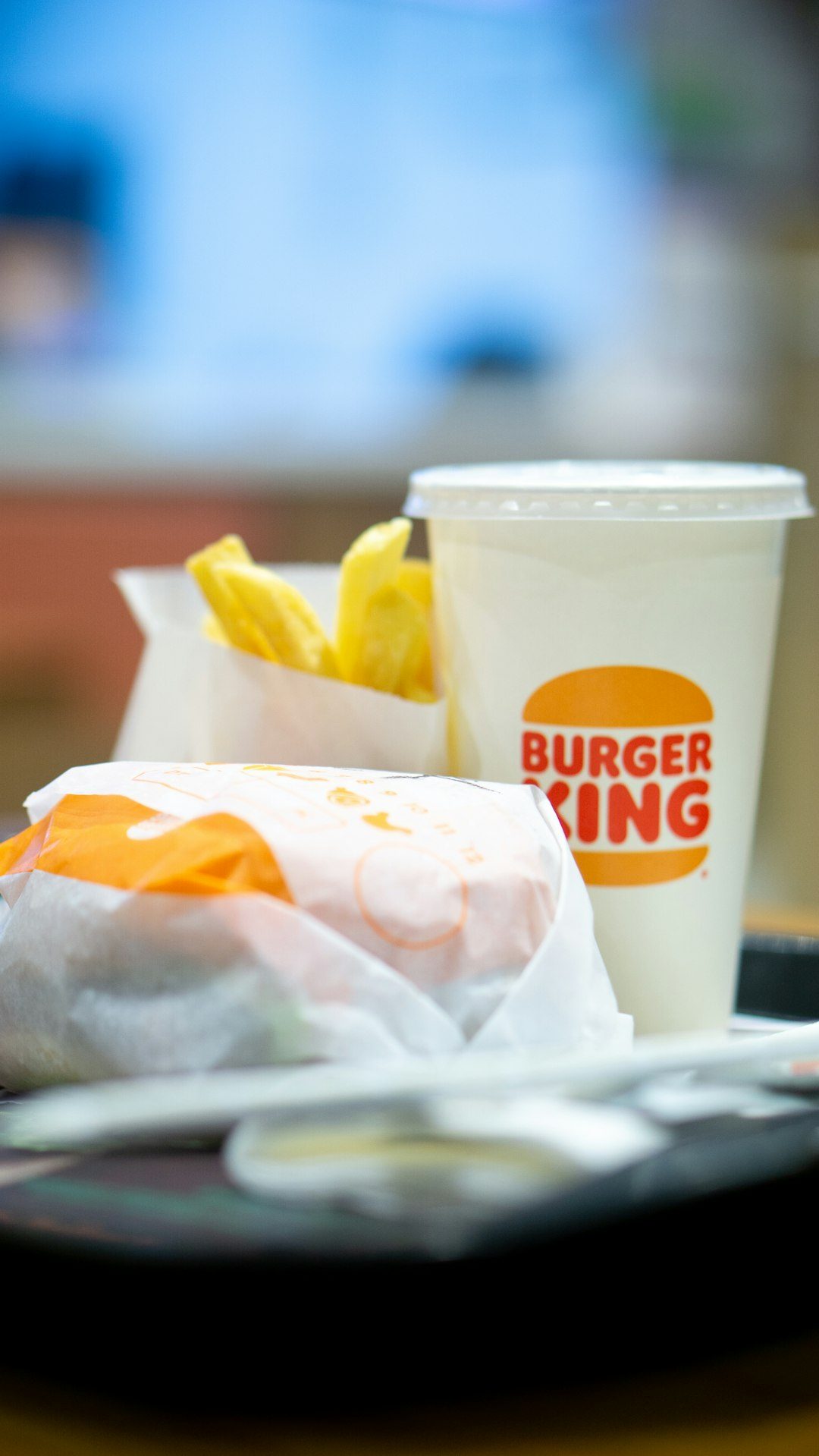
Burger King offers value deals for “several months” that include one of three sandwiches or nuggets, plus fries and a drink. Their franchise model allows for competitive pricing that individual consumers struggle to match when shopping retail.
Shoukat Dhanani of the Dhanani Group, which operates numerous Burger King restaurants, confirms “We make less margin than we normally make, but we don’t lose money”. This razor-thin profit margin translates to genuine savings for customers.
The convenience factor adds another layer of value. When you consider the time spent shopping, prepping, cooking, and cleaning up after making burgers, fries, and drinks at home, the hourly wage equivalent often makes restaurant value meals the smarter financial choice.
Chinese Restaurant Lunch Specials
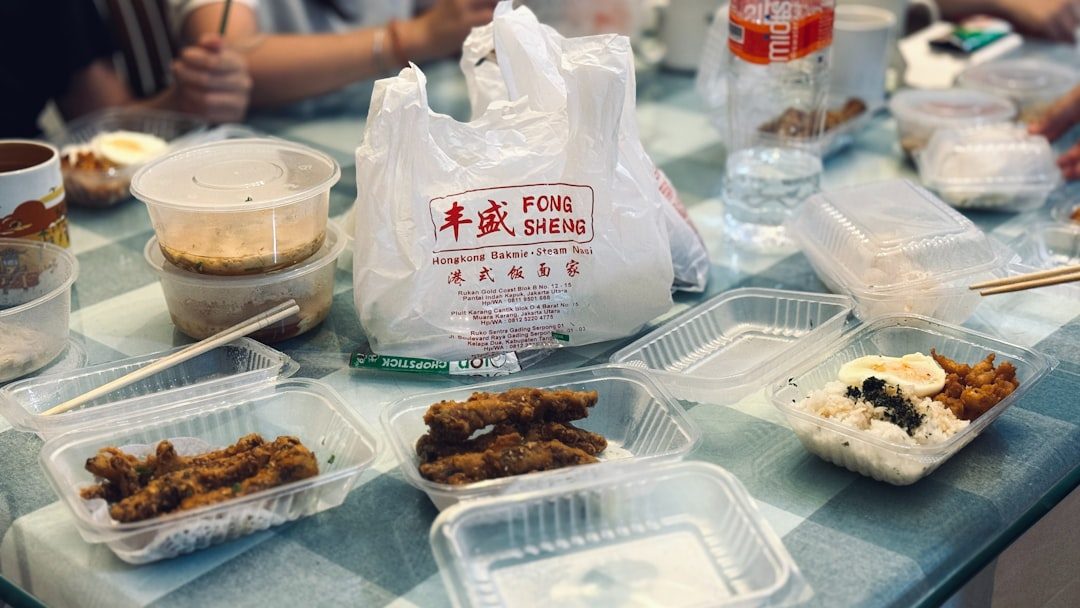
Many Chinese restaurants offer lunch combinations for under eight dollars that include an entrée, fried rice, and an egg roll. Replicating these dishes at home requires purchasing soy sauce, oyster sauce, sesame oil, various vegetables, and proteins in quantities that far exceed single-meal needs.
The specialized cooking equipment like wok burners that achieve proper high-heat cooking are expensive and impractical for most home kitchens. Restaurant-quality fried rice requires day-old rice, proper technique, and the intense heat that most home stoves cannot provide.
Chinese restaurants also benefit from economies of scale when purchasing ingredients like specialty vegetables and sauces. These items often cost more per serving when bought in consumer-sized packages at regular grocery stores.
Wendy’s Breakfast Value Options
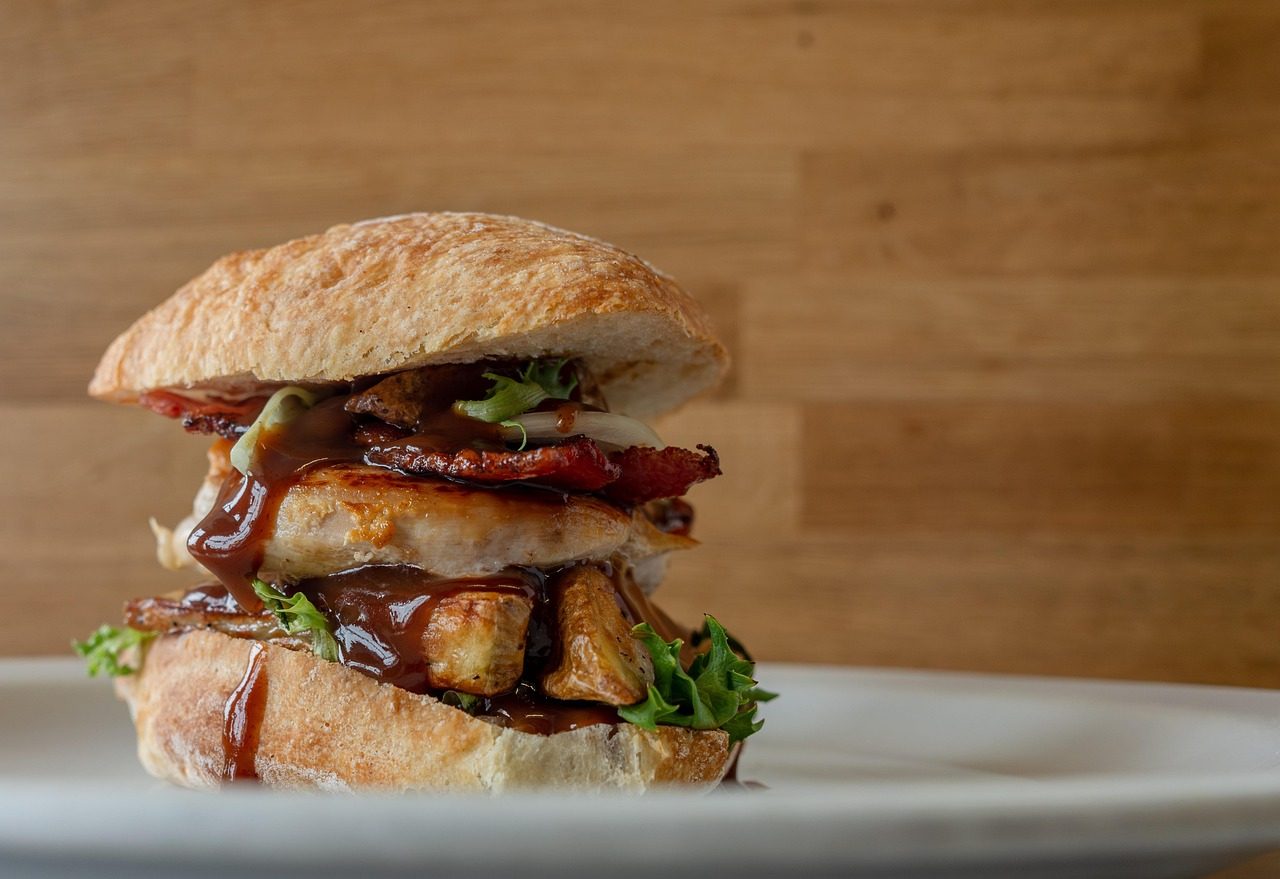
Wendy’s $3 breakfast deal consists of bacon or sausage, egg, Swiss cheese, and croissant sandwich, along with small seasoned potatoes. This price point becomes nearly impossible to match when shopping for individual breakfast ingredients.
Croissants alone cost several dollars per package at most grocery stores, and you typically need to buy eggs by the dozen, cheese in larger quantities, and breakfast meat in multi-serving packages. The math simply doesn’t work in favor of home cooking for single breakfast meals.
Restaurant breakfast also eliminates morning prep time, which has real economic value for people with busy schedules. The convenience of grabbing breakfast on the way to work adds efficiency that pure ingredient cost comparisons don’t capture.
Rotisserie Chicken from Grocery Delis
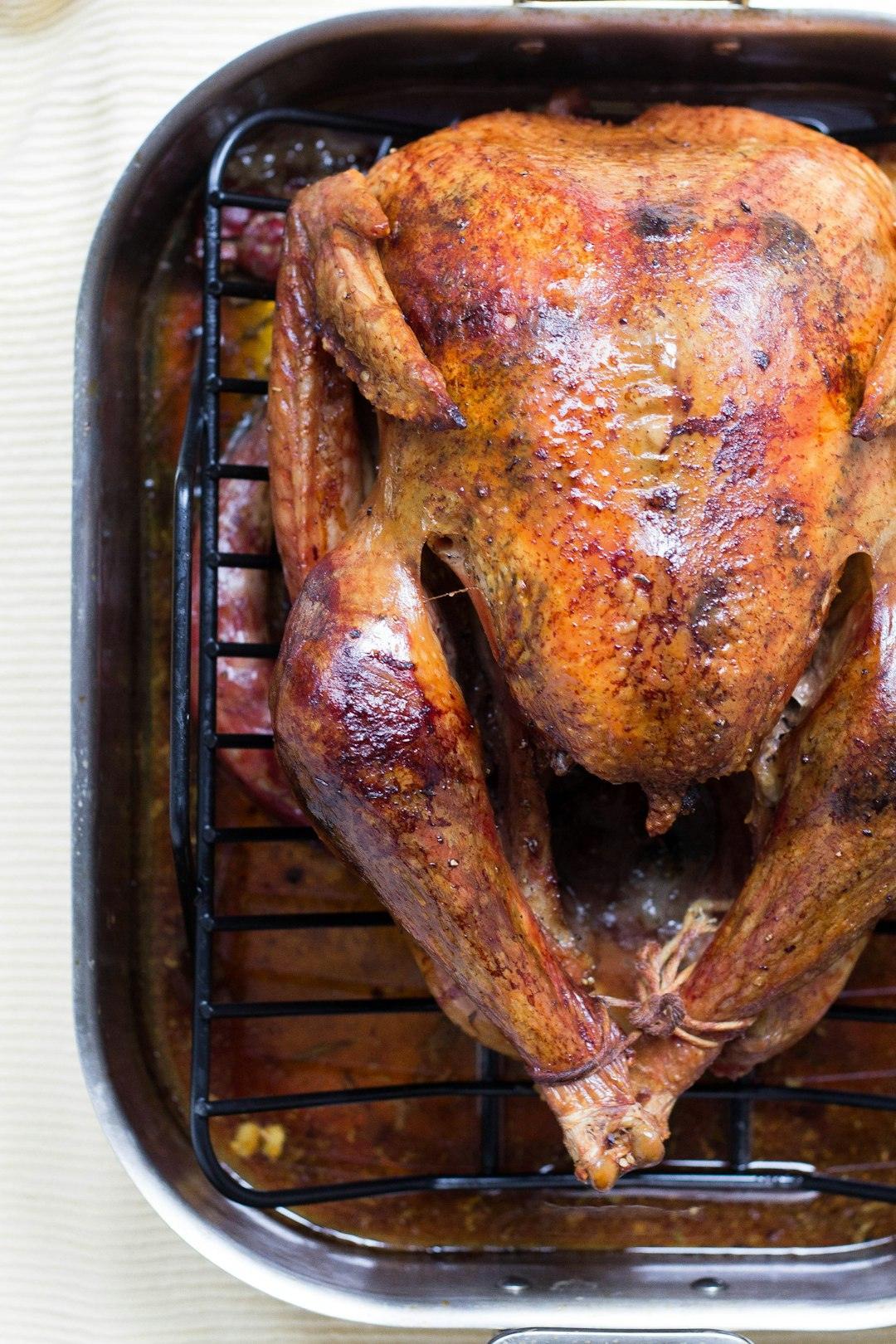
While technically not a restaurant, grocery store rotisserie chickens offer remarkable value at around five dollars for a fully cooked bird. Whole chicken typically costs less per pound than chicken breasts, with significant price differences between the cuts.
These deli chickens are often loss leaders designed to draw customers into the store for additional purchases. The convenience of a ready-to-eat meal that feeds multiple people makes the economics work strongly in the consumer’s favor.
Home preparation of whole chicken requires seasoning, cooking time, energy costs, and the risk of overcooking or food safety issues. The guaranteed quality and convenience of grocery deli chickens make them genuine bargains compared to home preparation.
KFC’s Value Menu Items
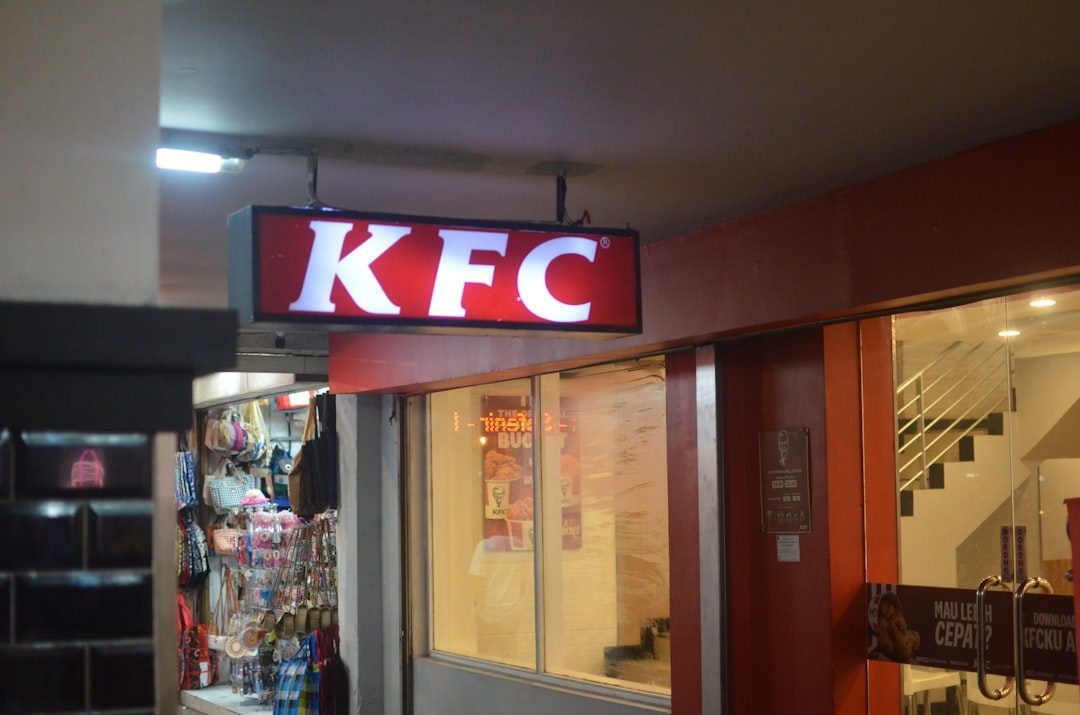
KFC’s value option includes 2 pieces of dark meat chicken (1 drumstick and 1 thigh), side of mashed potatoes and gravy, and biscuit. The specialized pressure frying equipment and signature spice blend make this difficult to replicate at home.
Purchasing chicken pieces, flour for coating, the multiple spices in KFC’s secret blend, potatoes, gravy mix, and biscuit ingredients adds up quickly. Most consumers would need to buy these ingredients in quantities sufficient for multiple meals.
The time investment for proper fried chicken preparation, including marination, breading, and careful temperature monitoring during frying, adds significant labor costs that restaurant pricing absorbs through volume and expertise.
Subway’s $3 Footlong Dippers
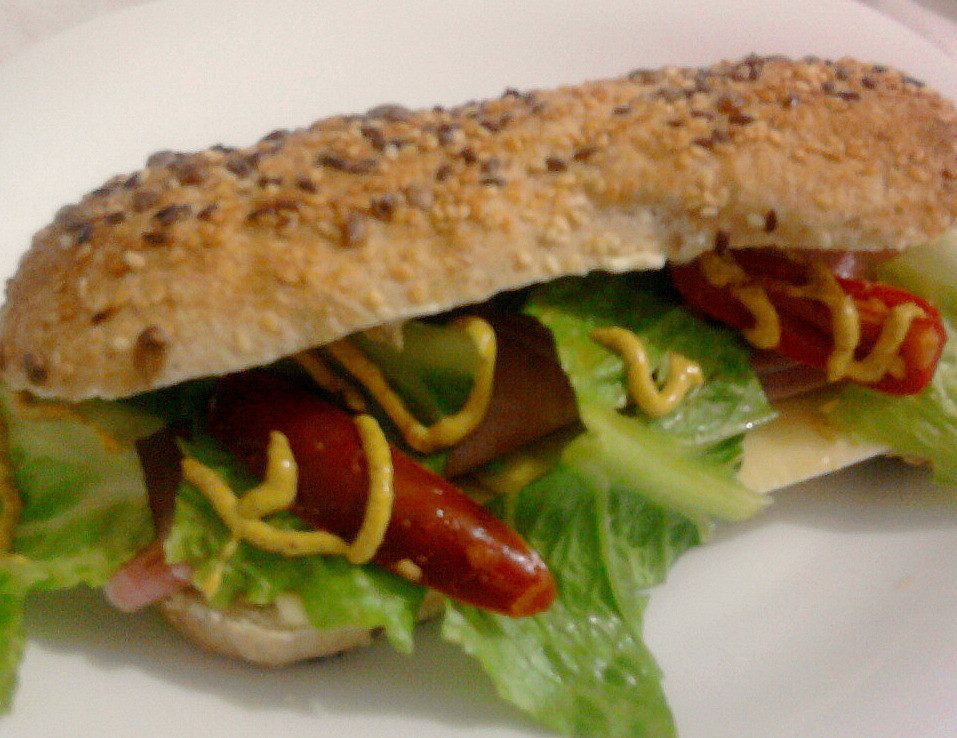
Subway’s $3 Footlong Dippers include 3 items priced at $3 each. These portion sizes provide substantial value when compared to purchasing quality deli meats, cheeses, and fresh vegetables for sandwich making at home.
Deli meat prices have risen significantly, often costing eight to twelve dollars per pound for quality options. Cheese, fresh vegetables, and specialty breads add additional costs that quickly surpass the three-dollar price point for equivalent portions.
Subway’s purchasing power and efficient preparation methods allow them to offer these prices while still maintaining profitability, something individual consumers cannot replicate through retail grocery shopping.
Jack in the Box Munchies Menu
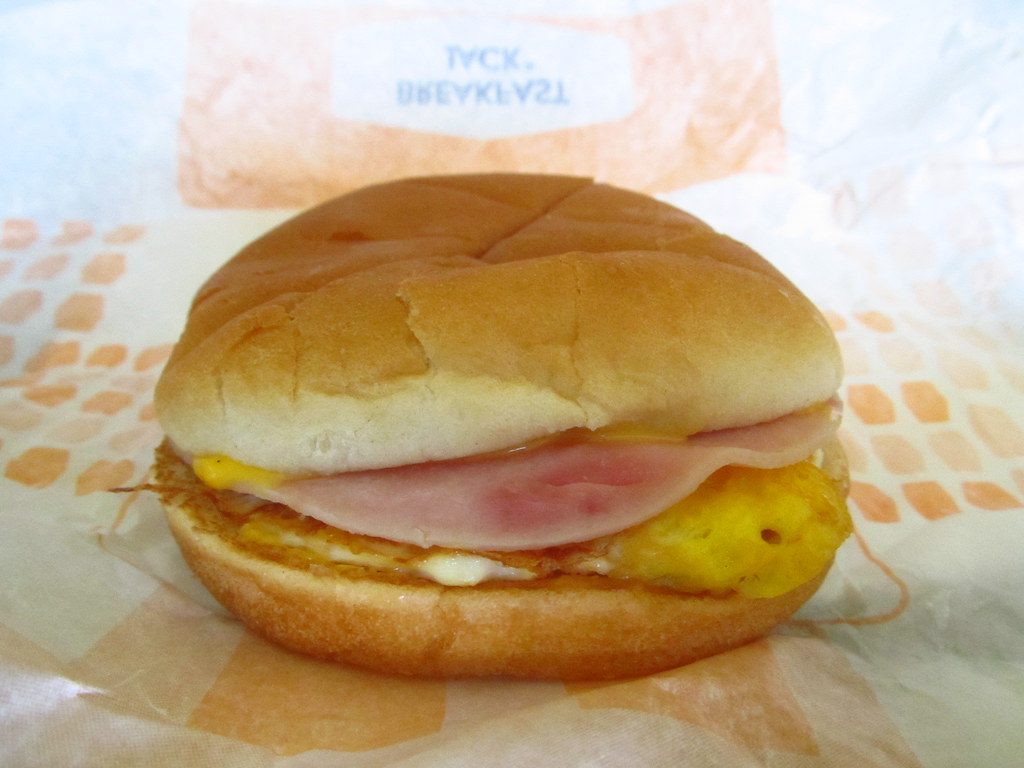
Jack in the Box offers Jack’s Munchies Under $4 Menu with 12 items priced under $4 each. These late-night focused items target the snacking occasion with portions and pricing that beat home preparation costs.
The restaurant’s ability to maintain consistent food costs through bulk purchasing and efficient preparation makes these prices sustainable. While Jack in the Box saw average cost increases of 45% between 2019 and 2024, items like the Two Tacos have remained steady in price.
For consumers seeking late-night food options, the convenience and consistent availability of these menu items provides value that extends beyond pure ingredient cost comparisons.
Sonic’s Fun.99 Menu

Sonic’s FUN.99 Menu features 5 food items and 7 classic shake flavors priced at $1.99 each. These prices reflect the restaurant’s drive-in model and focus on high-volume, low-margin sales.
Making equivalent shakes at home requires ice cream, milk, flavoring syrups, and a blender capable of achieving proper consistency. The ingredient costs for premium ice cream alone often exceed the $1.99 price point before adding other components.
Sonic’s specialized equipment and bulk ingredient purchasing allow them to offer these prices while maintaining quality standards that would be difficult and expensive to replicate in home kitchens.
Pizza Hut Personal Pan Deals
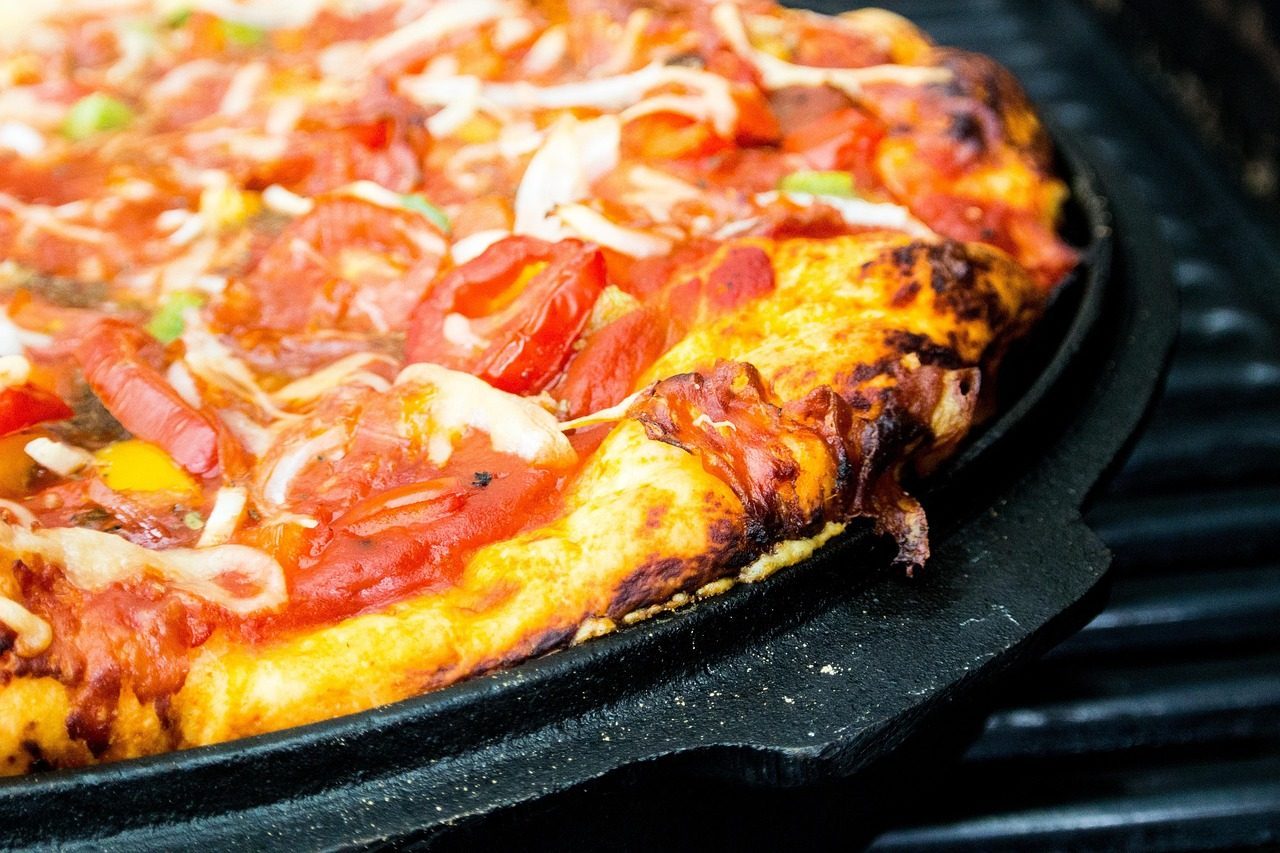
Pizza Hut’s value option includes choice of 2-topping Personal Pan Pizza or half order of Melts plus choice of side of fries or 4-piece boneless wings. These individual-sized portions provide better value than purchasing ingredients for homemade pizza.
Personal pan pizzas require specific sized pans, quality pizza dough ingredients, cheese, sauce, and toppings. The specialized equipment and technique needed for proper crust development make restaurant preparation more efficient and cost-effective.
Restaurant preparation also eliminates the time investment and potential waste associated with homemade pizza attempts, particularly for single-serving portions where ingredient quantities don’t scale down efficiently.
The economics of dining out versus home cooking continue evolving as restaurants compete fiercely for value-conscious consumers. While food prices are expected to continue rising in 2025, with restaurant meals likely increasing faster than grocery prices, strategic restaurant choices can still offer genuine savings. These value-oriented menu items demonstrate that smart dining decisions can actually stretch your food budget further than cooking everything from scratch.


